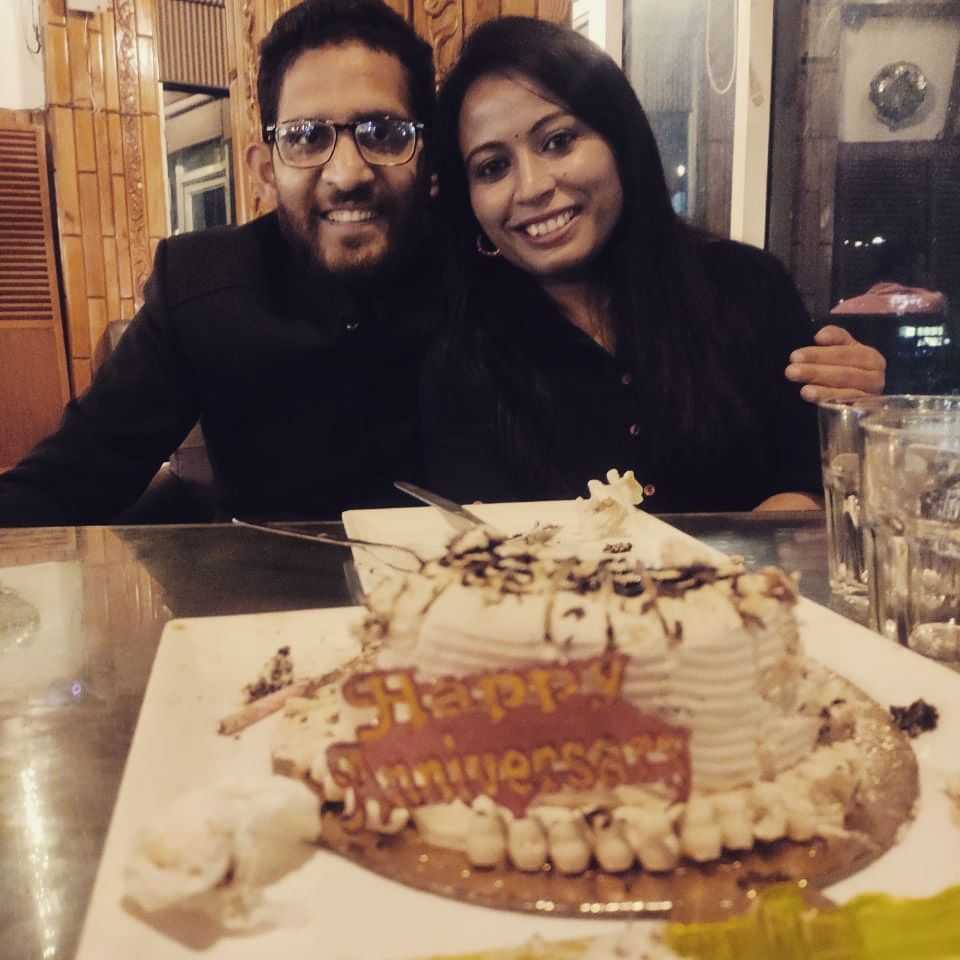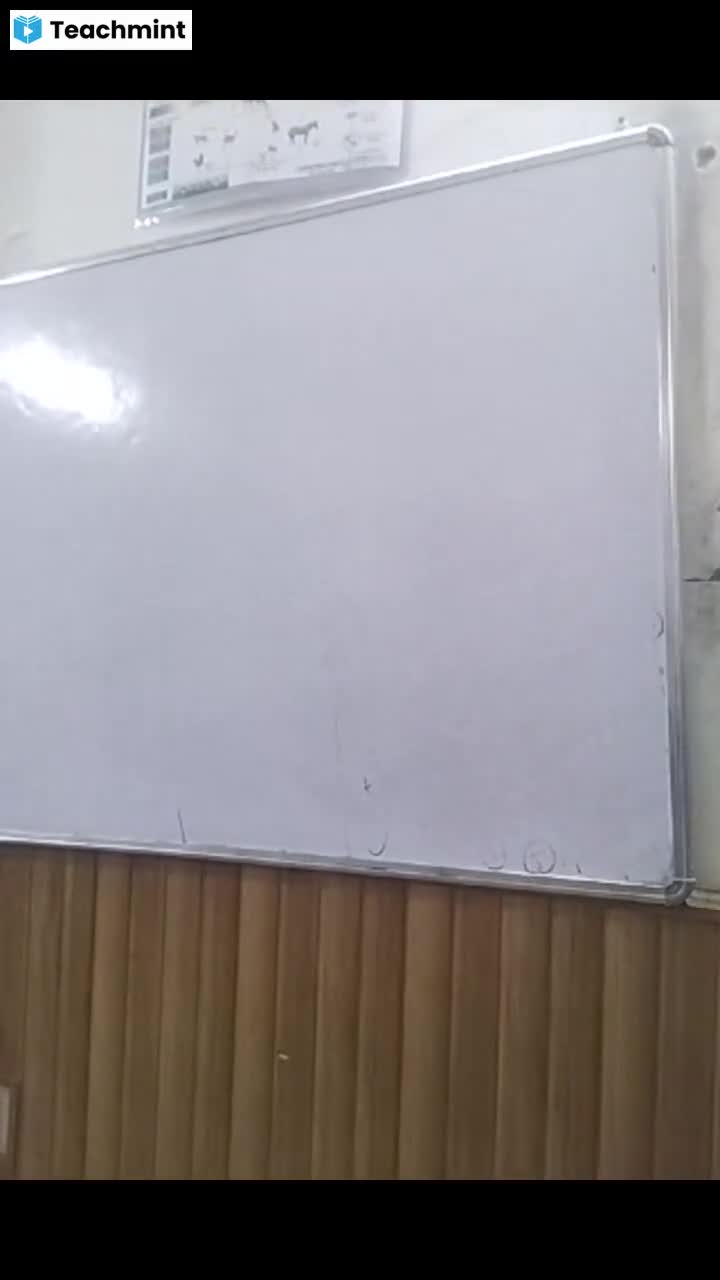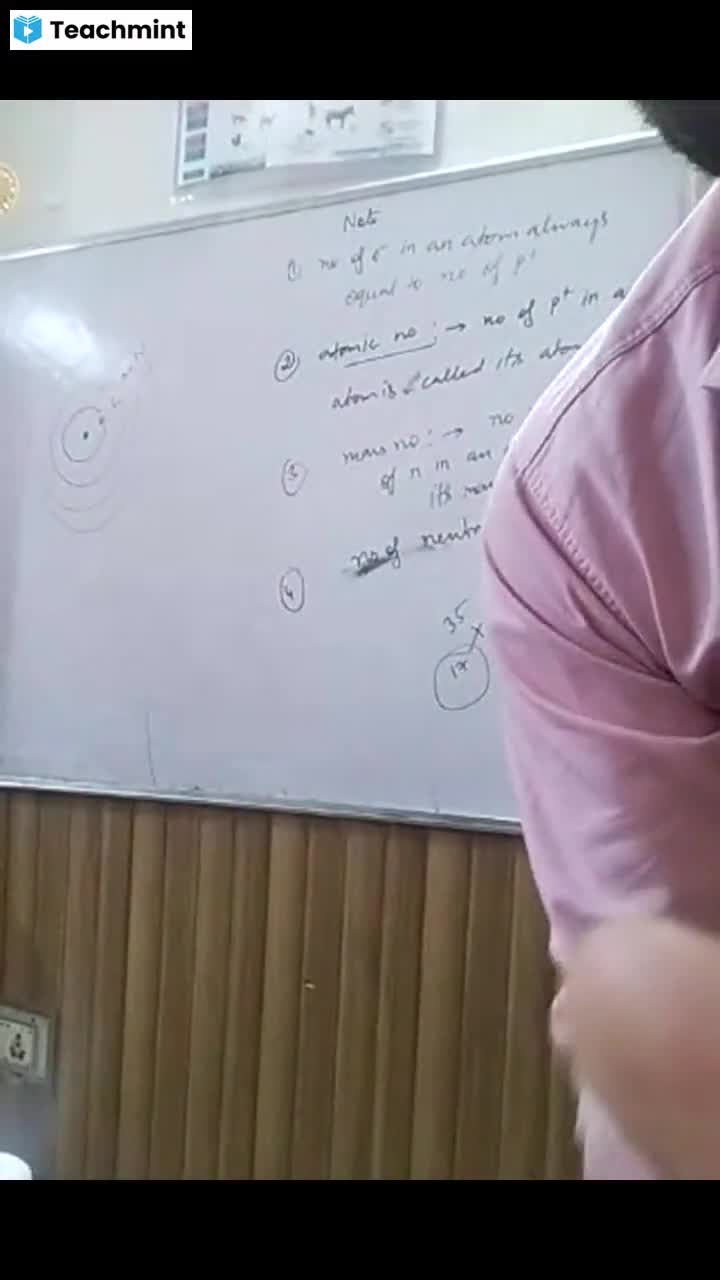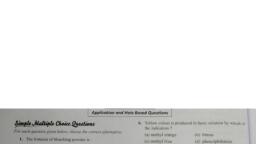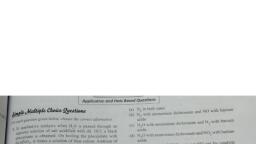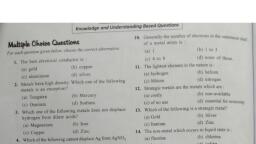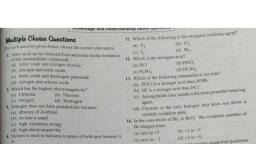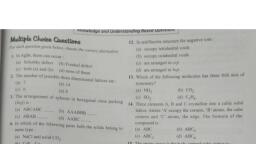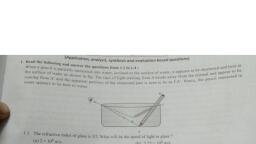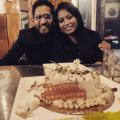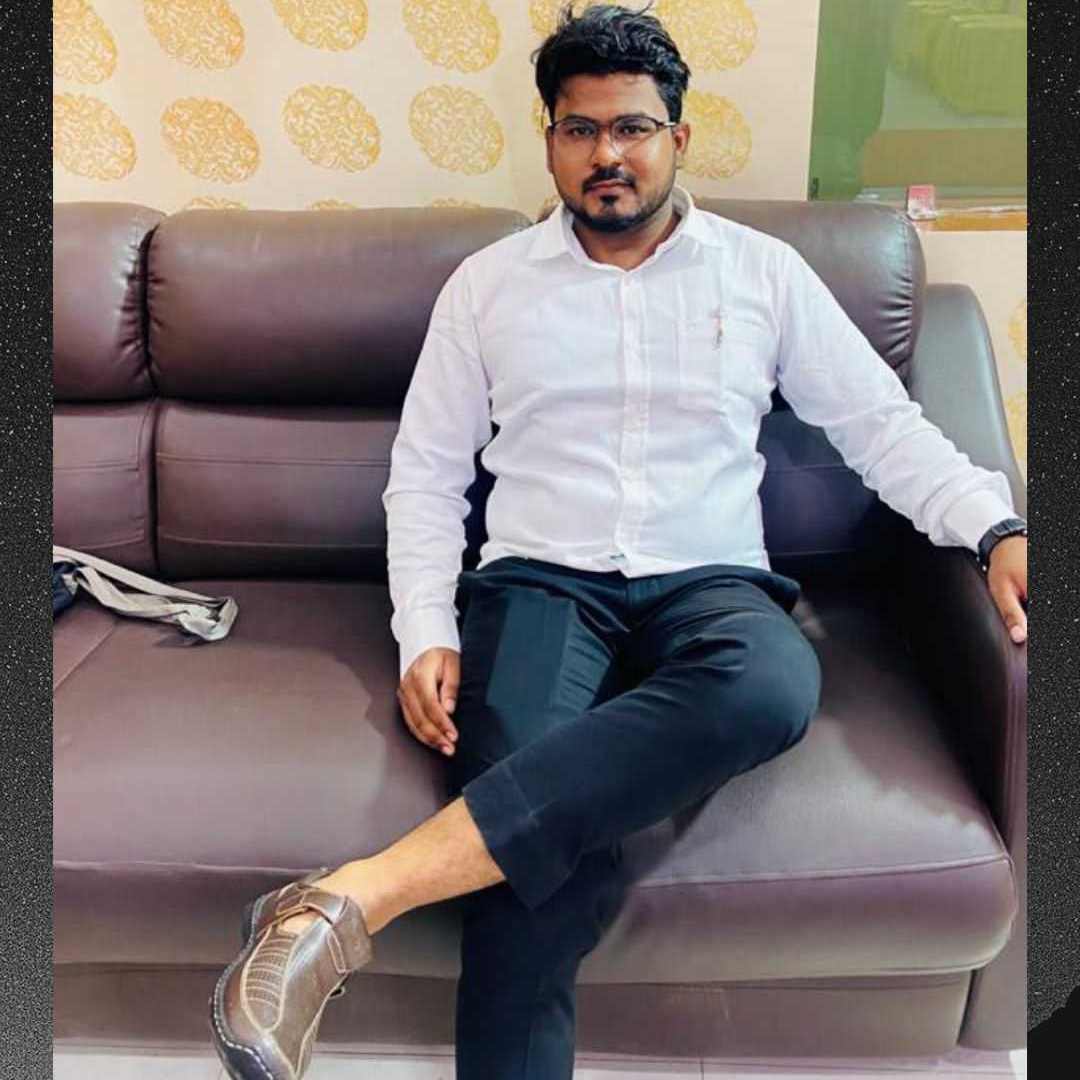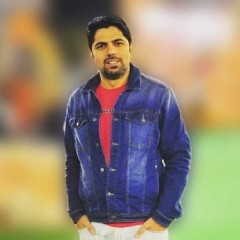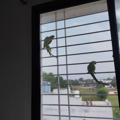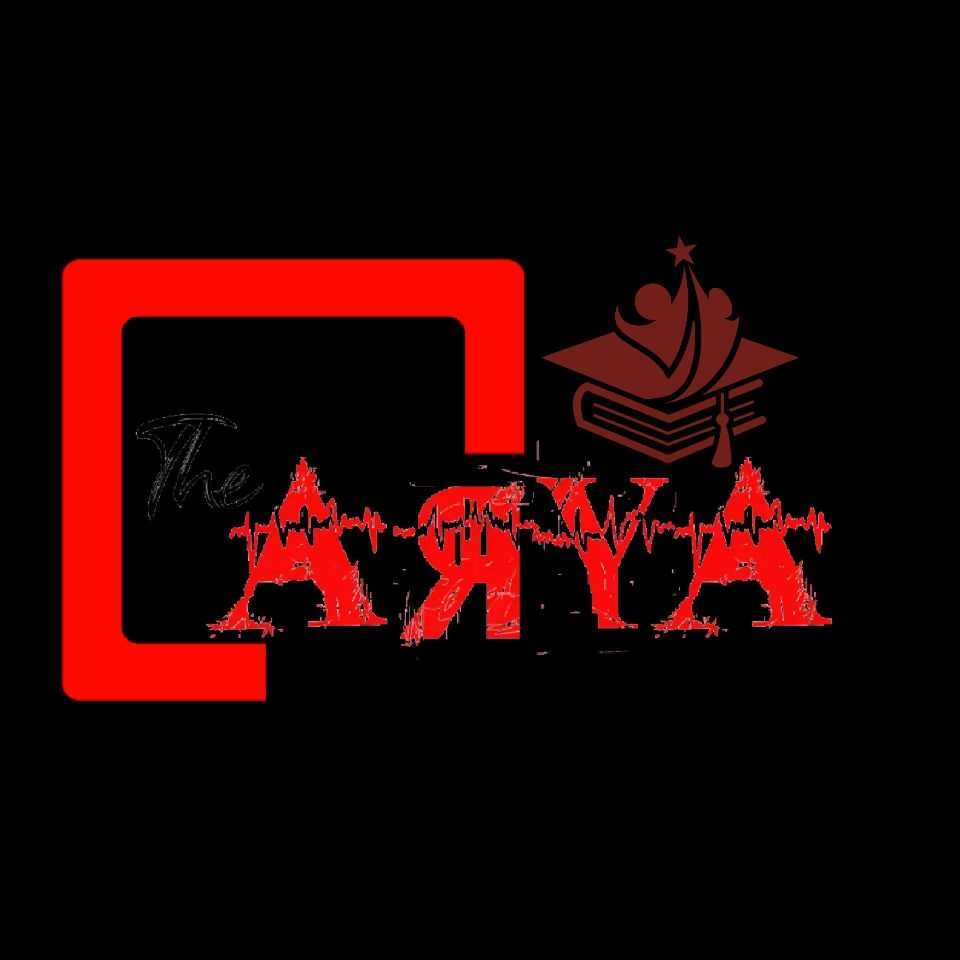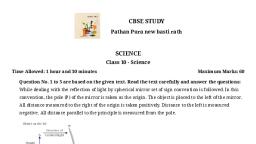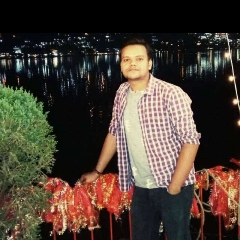Question 1 :
For an object at infinity, a concave mirror produces an image at its focus which is :
Question 2 :
State the direction of incident ray which after reflection from a spherical mirror retraces its path:
Question 3 :
In case of a real and inverted image, the magnification of a mirror is:
Question 4 :
State whether true or false:A concave lens forms a magnified or diminished image depending on the distance of object from it.<br/>
Question 7 :
Which of the following term is not associated with a lens ?
Question 9 :
State whether true or false : A concave lens will always give a virtual, erect and diminished image.
Question 10 :
State whether true or false : The degree of convergence of divergence of light rays achieved by a lens is expressed in terms of its power.
Question 11 :
Under which of the following conditions will a convex mirror of focal length <i>f</i> produces an image ofreal object that is erect, diminished and virtual
Question 14 :
The power of a lens whose focal length is one metre is ______ dioptre.
Question 15 :
A ray of light travelling in air strikes the surface of glass at angle of $45^{\circ}$. The angle of refraction in the glass will be :
Question 16 :
A ray of light incident at a point on the principal axis of a convex lens passes undeviated through the lens. What special name is given to this point on the principal axis?<br>
Question 17 :
The power of a lens is $+2.0D$. Find its focal length and state the kind of the lens.<br>
Question 18 :
A photograph of a horse is taken by a camera whose lens has been painted with black stripes. The photograph will be of a :
Question 19 :
The focal length of a convex mirror is $20\ cm$ its radius of curvature will be
Question 20 :
If the light moving in a straight line bends by a small but fixed angle, it may be a case of<br>$(i)$reflection<br>$(ii)$refraction<br>$(iii)$diffraction<br>$(iv)$dispersion<br>
Question 21 :
The ratio of the size of the image to the size of the object is known as
Question 22 :
To construct a ray diagram, you need a minimum of  _______ ray(s) whose path(s) after refraction through the lens are known.
Question 23 :
The angle of incidence for a ray of light passing through the centre of curvature of a concave mirror is :
Question 24 :
A ray of light travelling in air is incident on the plane of a transparent medium. The angle of incident is $45^0$ and that of refraction is $30^0$. The refractive index of the medium with respect to air is:
Question 25 :
When the object is at focus of a concave mirror, the image is formed at
Question 27 :
A ray of light travels from air to glass at an angle of incidence of $37^{\circ}$, the angle of refraction is $24^{\circ}$. What is the refractive index of glass?<br/>(Given: $\sin 37^{\circ} = 0.60, \sin 24^{\circ} = 0.40)$
Question 28 :
If the magnification of a body of size 1 m is 2, what is the size of the image?
Question 29 :
Find the power (with sign) of a concave lens of focal length $20cm$.<br/>
Question 30 :
What is the size of image when position of object is at F, position of image is at infinity and image formed through concave mirror?<br>
Question 31 :
Find out the correct option from the following.<br>(a) The magnification is positive for all virtual images and is negative for all real images.<br>(b) The magnification of concave lens and convex mirror is always positive where as the magnification of convex lens and concave mirror can be positive or negative depending on the position of the object before the lens.<br>
Question 32 :
A ray of light travelling in air is incident on a denser surface at an angle of ${ 60 }^{ o }$. If the velocity of light in the denser medium is $2\times { 10 }^{ 8 }{ ms }^{ -1 }$, the angle of refraction inside the denser medium is :
Question 33 :
The focal length of a concave lens is 2 m, calculate the power of the lens.
Question 35 :
Light of wavelength$\displaystyle 6600\overset { \circ }{ A }$ travelling in air gets refracted in water. If the speed of light in air is$\displaystyle 3\times { 10 }^{ 8 }{ m }/{ s }$ and R.I of water is 4/3. Find frequency of light in air.
Question 36 :
A short linear object of length $L$ lies on the axis of a spherical mirror of focal length $f$ at a distance $u$ from the mirror. Its image has an axial length $L$ equal to :
Question 37 :
A ray of light travelling inside a rectangular glass block of refractive index $\sqrt2$ is incident on the glass-air surface at an angle o incidence of $45^o$.The refractive index of air is one. Under these conditions the ray will
Question 39 :
The distance between an object and a divergent lens is $m$ times the focal length of the lens. The linear magnification produced by the lens is
Question 40 :
State whether true or false :A concave lens is used as a magnifying glass
Question 41 :
The least distance of vision of a longsighted person is $60\ cm$. By using a spectacle lens, this distance is reduced to $12\ cm$. The power of the lens is
Question 42 :
An object $5$ cm tall is placed $1$ m from a concavespherical mirror which has a radius of curvatureof $20$ cm. The size of the image is:<br>
Question 43 :
Two thin lenses of focal lengths $20 cm$ and $25 cm$ are placed in contact. The effective power of the combination is
Question 44 :
When light passes from air to glass, it experiences a change of:
Question 45 :
Two thin lenses of focal length $f_1$ and $f_2$ are in contact and coaxial. The power of the combination is __________.
Question 46 :
The power of a biconcave lens having a focal length of 25 cm is:
Question 47 :
The image of an object formed by a convex lens when the object is placed between the lens and the focal point is -
Question 48 :
An astronomical telescope has focal lengths $100$ & $10$cm of objective and eyepiece lens respectively when final image is formed at least distance of distinct vision,magnification power of telescope will be,
Question 49 :
A student performs an experiment to study the nature of the image formed by a convex lens. <br/>Arrange the steps in the proper sequence.<br/>(a) Place the lens on a V-shaped stand.<br/>(b) Place the object at $2F_{1}$.<br/>(c) Place the object between $2F_{1}$ and $F_{1}$.<br/>(d) Determine the focal length of the lens by focusing the lens to a distant object like a tree.<br/>(e) Adjust the position of the screen behind the lens to obtain a clear image and study the nature of the image.<br/>(f) Mark the positions of $F_{1}, 2F_{1}, F_{2}$   and $ 2F_{2}$.<br/>(g) Focus the lens to a distant object like a tree.<br/>(h) Place the object just behind $2F_{1}$.<br/>(i) Place the object at $F_{1}$.<br/>(j) Place the object between $F_{1}$ and optic centre of the lens and observe that the image formed is virtual.<br/>
Question 50 :
A light ray travels at some angle (not head on) from water in a rectangular aquarium, through the glass side, and out into the air. The indices of refraction for water, glass, and air are $1.33$, about $1.6$, and $1.0$, respectively.<br>Rank the materials according to the angles made by the light ray with the normal in each, greatest first
